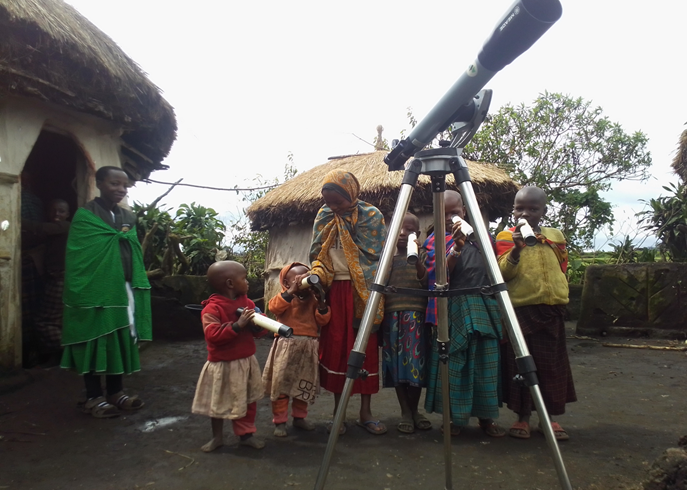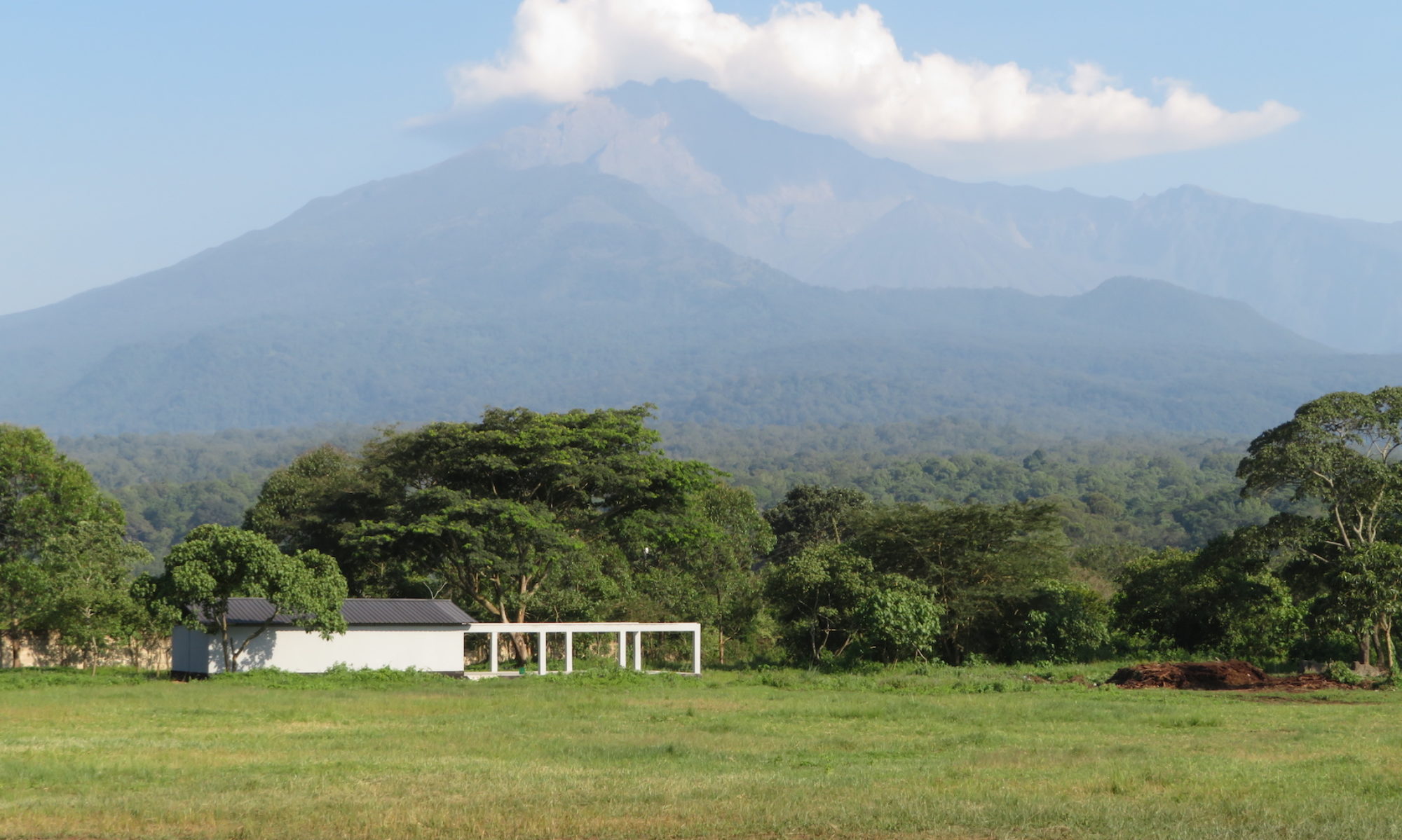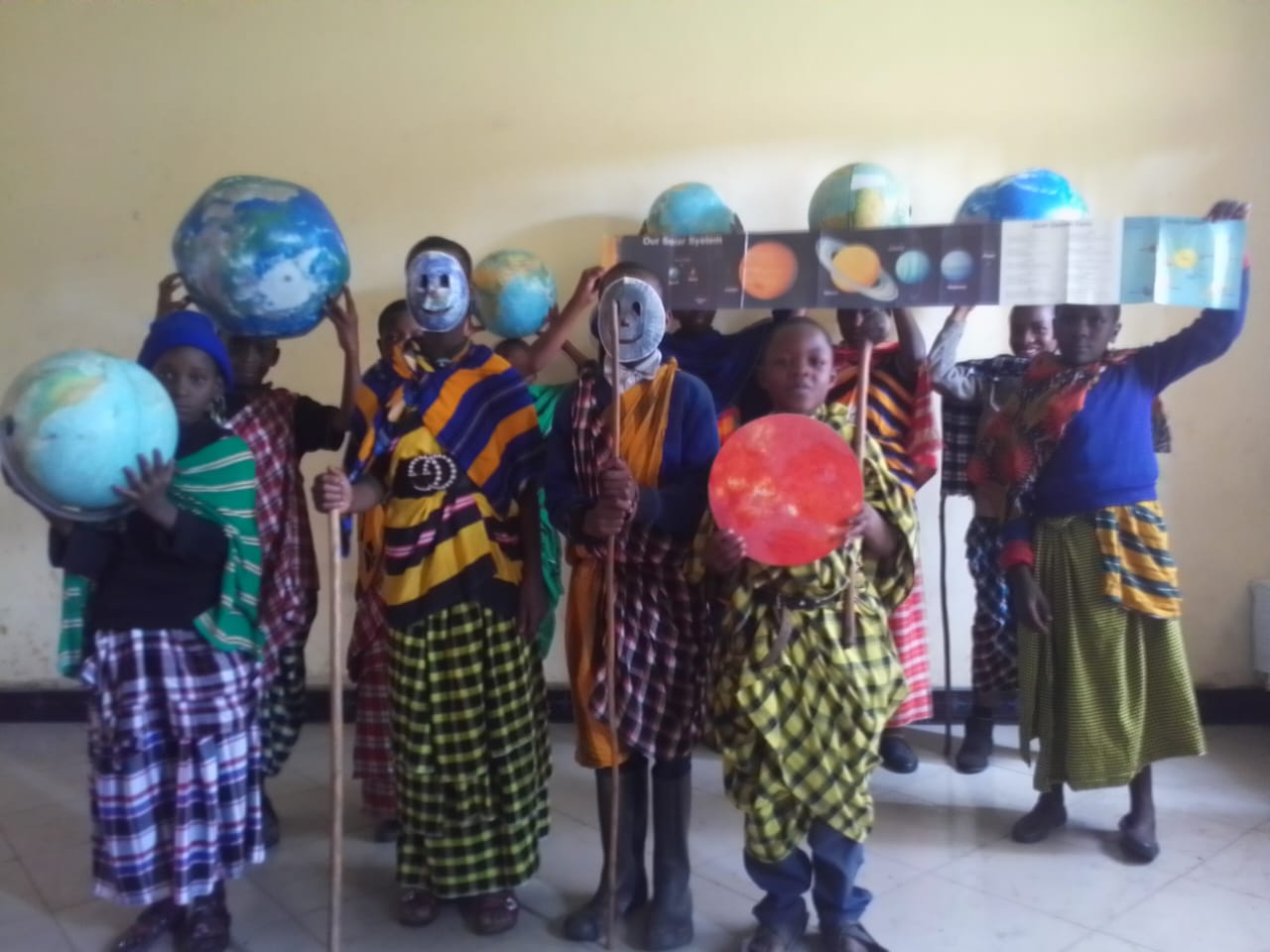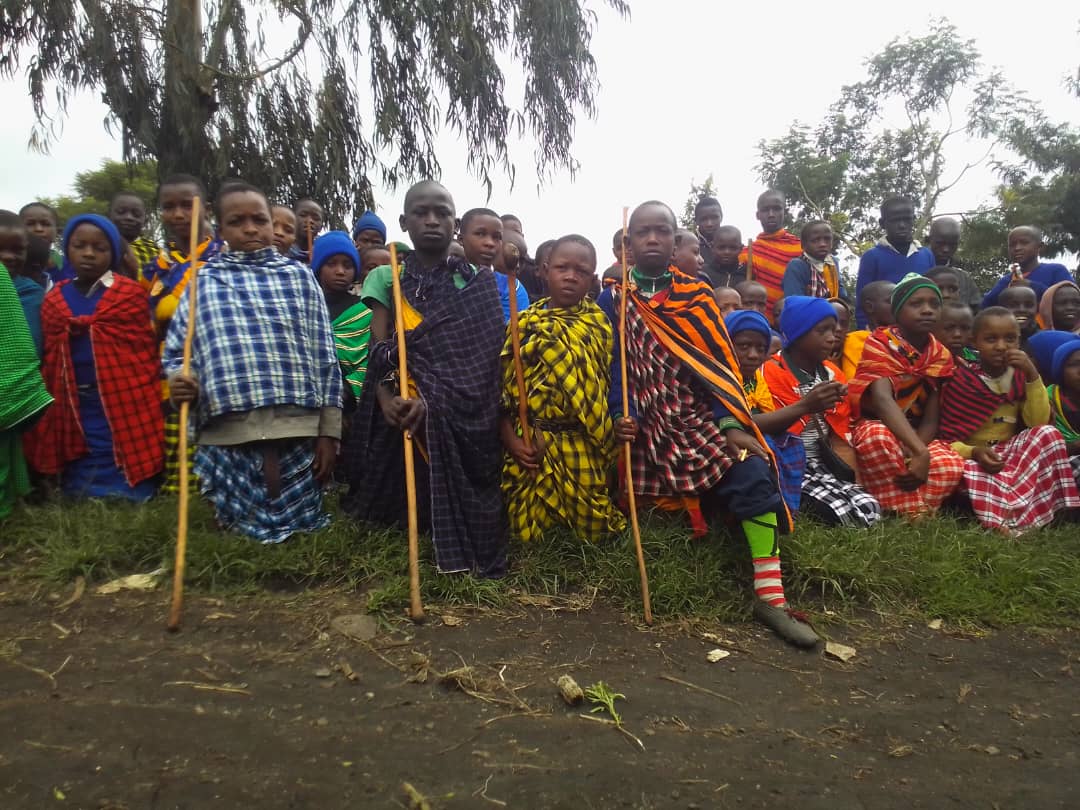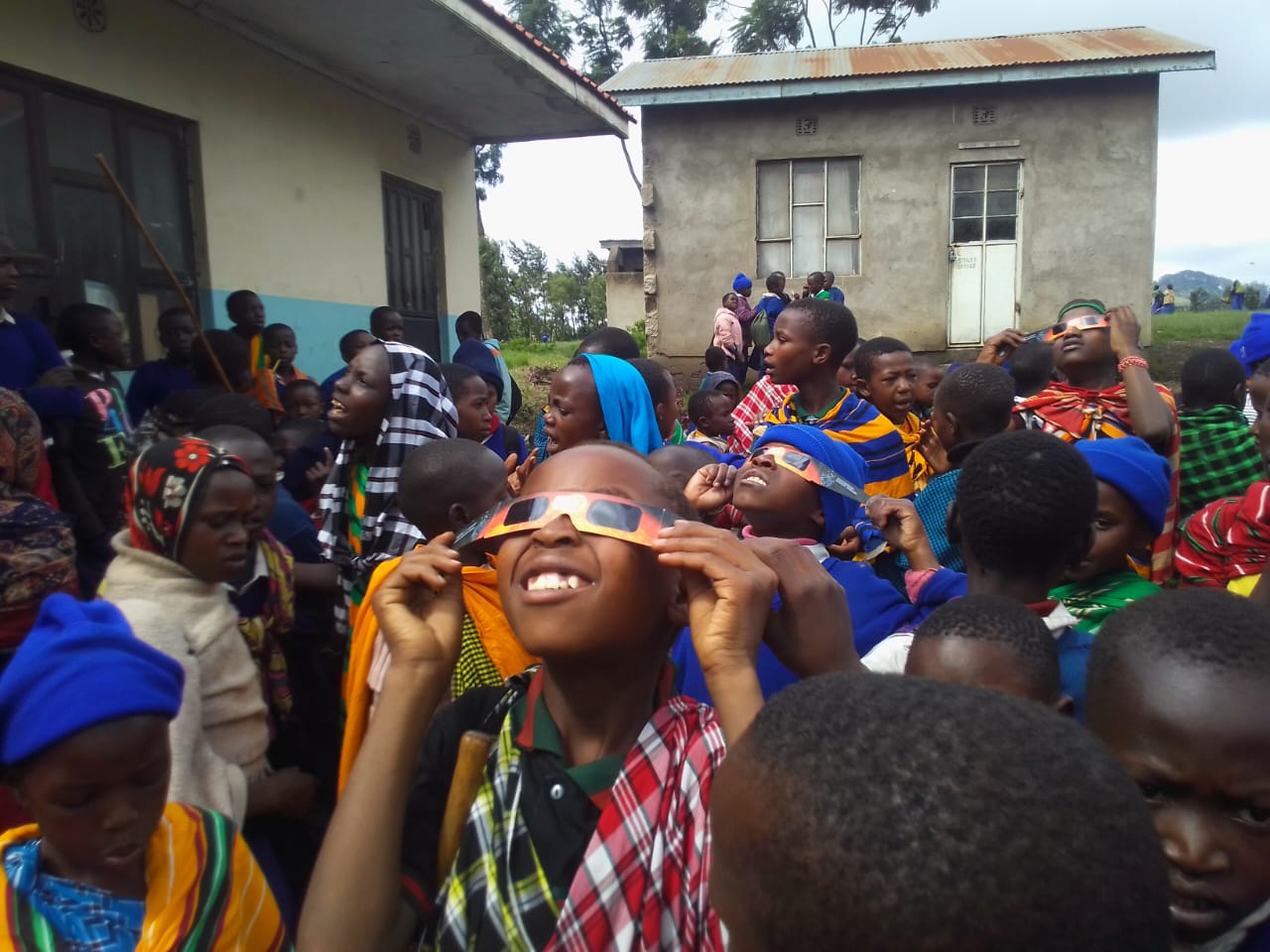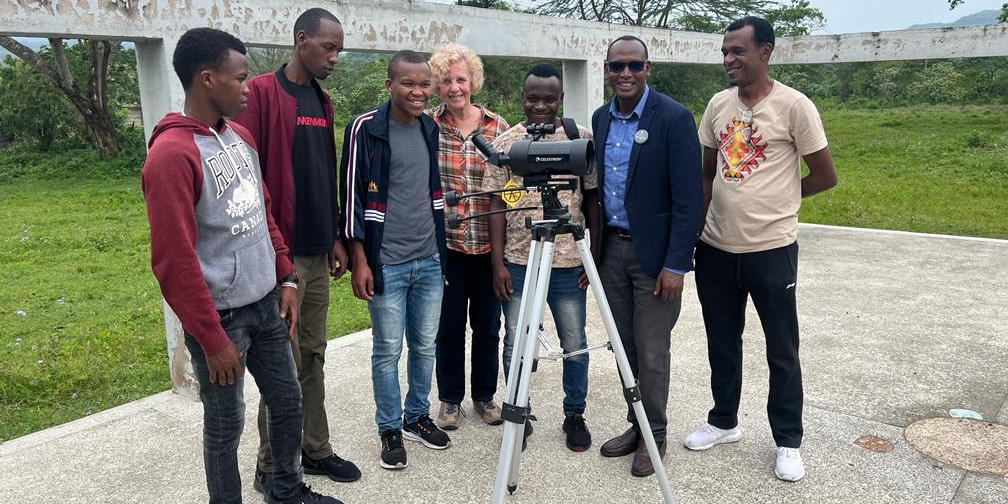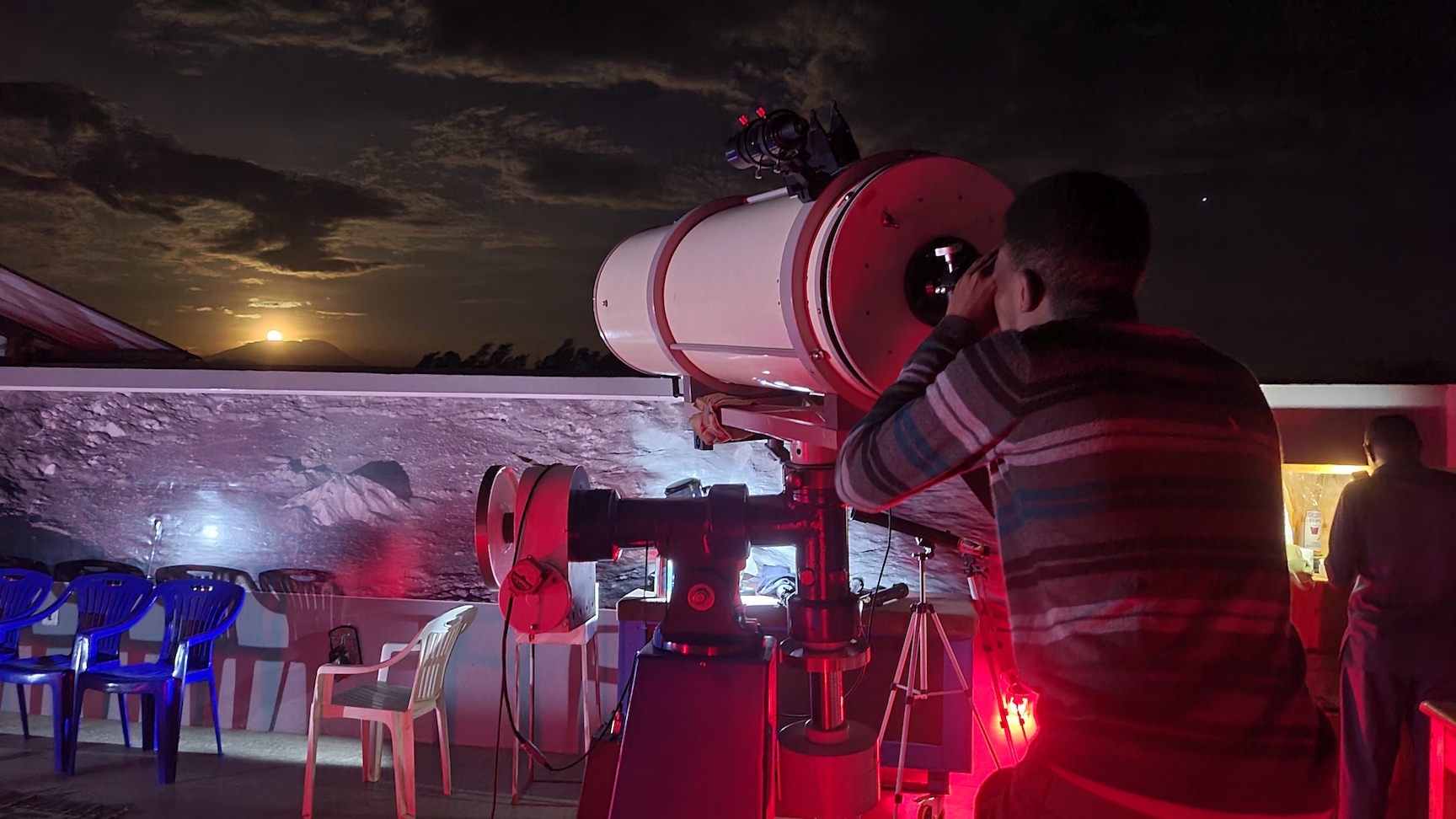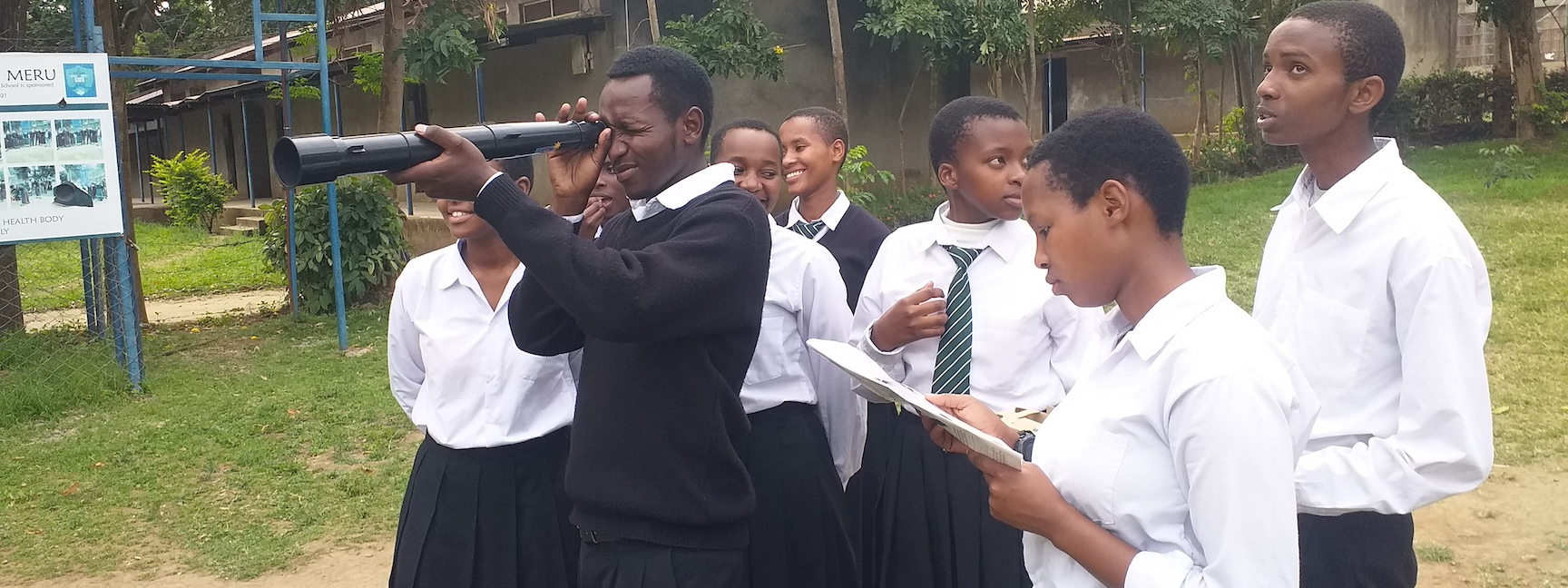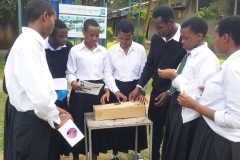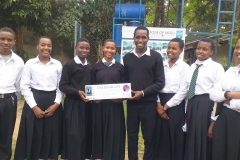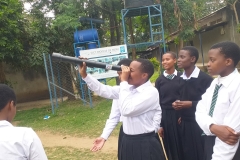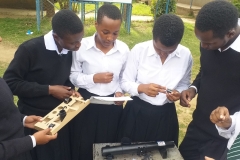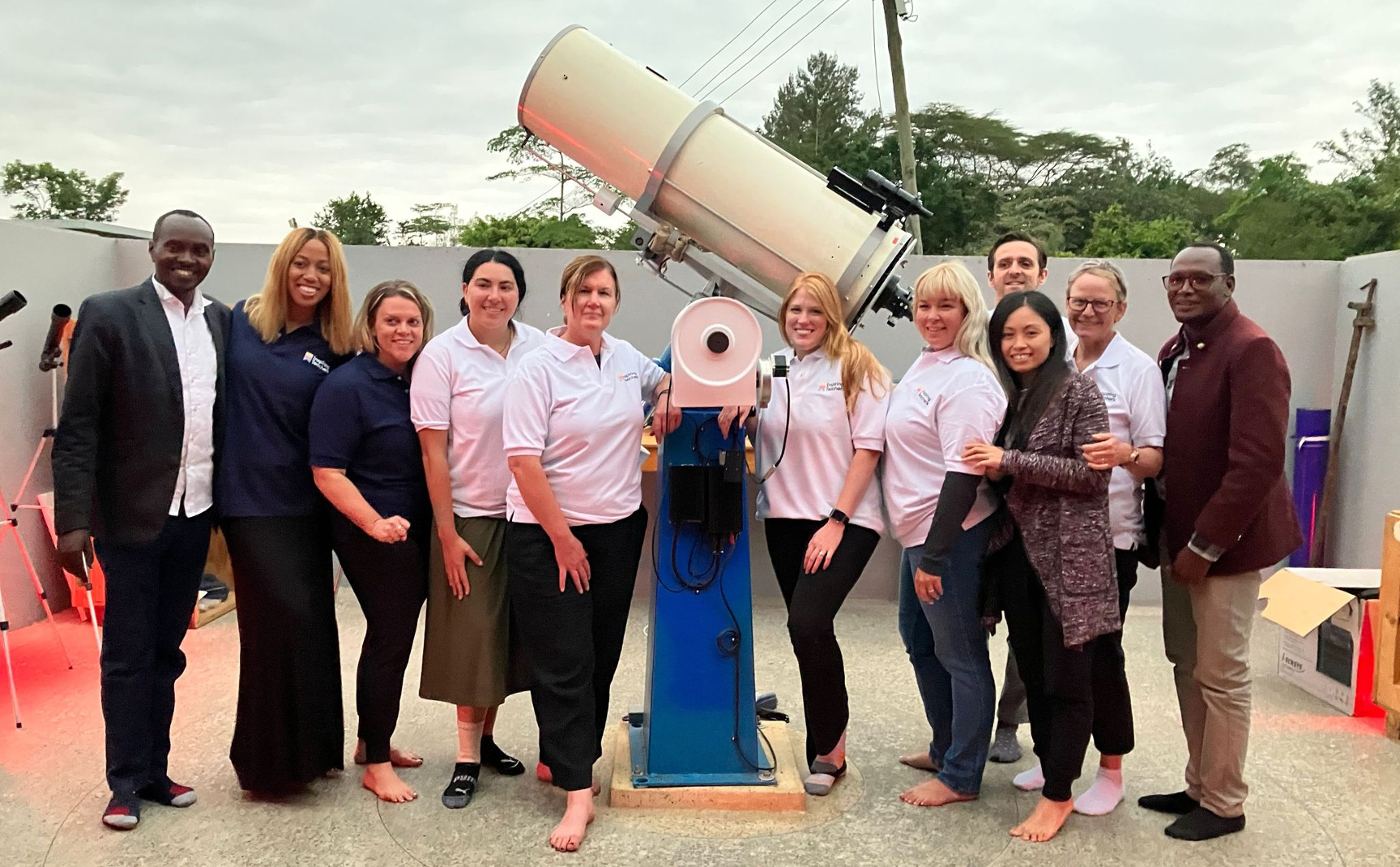In the last period, we learned how our ancient predecessors managed their lives using different types of stars, such as the Pleiades, for daily activities like agriculture and breeding. They understood different times, such as periods of plenty for their livestock, and responded to natural disasters like floods and hurricanes based on their knowledge of astronomy. Despite lacking advanced tools to study the sky in detail, their contributions led to the emergence of various scholars worldwide who furthered our understanding of the sky, discovering stars, planets, the sun, the moon, meteors, asteroids, and more.

Similarly, we learned that science is built from the careful examination of matters, not individual beliefs. Scientific understanding accumulates over time and builds on past discoveries. Ancient astronomers used stars they observed worldwide to guide their lives, much like modern scientists use scientific investigations to discover new things and enhance science education.
New discoveries are often accepted when they align with existing scientific understanding. For example, in 1676, British scientist Robert Hooke discovered that objects with friction, such as balls or springs, have more friction with greater opposing weight. This discovery remains true and has led to the development of scales used to measure various things.
Science education also helps us understand how things can change. For instance, understanding the water cycle allows scientists to predict the effects of deforestation. In the 20th century, German scientist Alfred Wegener proposed that the seven continents were once joined together (Pangaea) and later separated due to plate tectonics. Initially, scientists believed the Earth’s surface didn’t move, making Wegener’s idea controversial. However, by 1960, evidence confirmed his theory, enhancing our understanding of Earth’s geology.
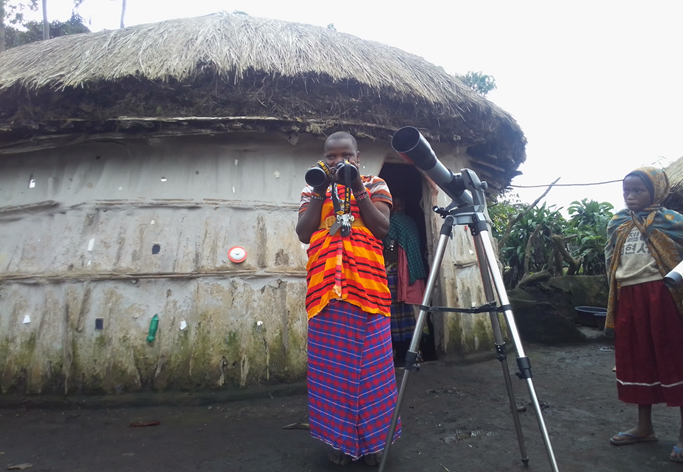
Other scientists like Albert Einstein, who learned Euclidean geometry and recognized the power of reasoning, contributed significantly to scientific thought. Marie Curie, a physicist and chemist, pioneered the science of radiation, coined the term “radioactivity,” and led research on cancer treatment using radioactive isotopes. She also invented the electrometer, a device for measuring small electrical currents.
Charles Darwin, born in England, is famous for his theory of evolution, which he detailed in works like “On the Origin of Species” (1859). Darwin’s observations, including those of earthquakes and soil erosion, contributed to our understanding of natural processes and the formation of mountains. He proposed that favourable traits lead to survival and the creation of new species, and he suggested that humans descended from chimpanzees.
Sir Isaac Newton, a mathematician, physicist, chemist, and natural philosopher, is regarded as one of the greatest scientists in history. He formulated the laws of gravity and motion and invented a small telescope with the ability to see distant objects. Newton’s contributions continue to influence modern physics and mathematics.
These scientists and many others have greatly contributed to the development of powerful devices and research tools, benefiting the modern world and stemming from cultural astronomy’s foundation.
Finally, the students of Engalaoni ask the entire community, including the Maasai, to support their education. Many Maasai children lack educational opportunities because their community still values livestock over education, hindering their developmental and educational progress.
